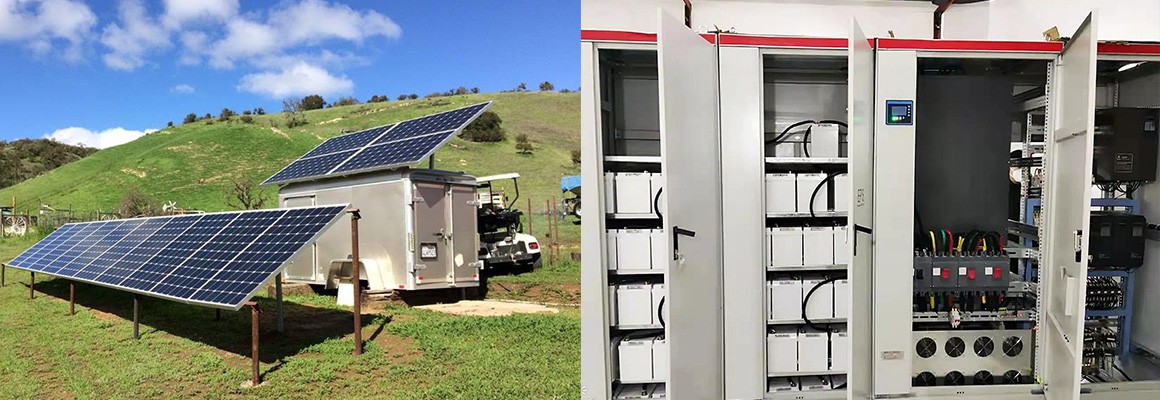How Telecom Battery Systems Work: Architecture, Components, and Design Considerations
In modern telecommunications infrastructure, battery systems play a critical role in ensuring continuous service and system reliability. Whether supporting mobile base stations, central offices, or edge network nodes, telecom battery systems are the backbone of power continuity. This article explores how these systems work, their typical architecture, the components involved, and what design factors engineers and procurement teams need to consider when deploying or upgrading power systems in telecom environments.
Understanding Telecom Battery System Architecture
At the heart of any telecom site’s power strategy is a well-defined battery-backed architecture. A standard telecom power system comprises three primary elements:
- Utility/Grid Power Input – This is the primary power source, but it’s vulnerable to outages or fluctuations.
- DC Power System – Includes a rectifier (AC to DC converter), which supplies power directly to telecom equipment and simultaneously charges batteries.
- Battery Backup Bank – Provides emergency DC power when the utility source fails or fluctuates beyond safe limits.
In the event of a grid failure, the system seamlessly switches to battery power without interrupting telecom operations. Once grid power is restored, the system automatically reverts to normal operation while recharging the batteries.
This architecture is typically deployed in a 48V DC or 24V DC configuration, depending on the application and scale.
Key Components of a Telecom Battery System
A reliable telecom battery system integrates several interdependent components:
- Battery Bank
The battery bank stores DC power and delivers it instantly during grid failures. Two main battery chemistries are common:
- Lead-acid Batteries (VRLA/Flooded): Traditional, cost-effective, but heavy and maintenance-intensive.
- Lithium-ion Batteries: Lightweight, compact, and with longer service life and faster charge-discharge cycles. These are increasingly favored in high-density, remote, or high-temperature sites.
⚡ Learn more about advanced lithium solutions here: Telecom lithium battery backup systems
- Rectifiers and Converters
Rectifiers convert AC grid power to DC and distribute it to telecom equipment and batteries. Advanced systems often include DC-DC converters to regulate voltage across varying loads or mixed-voltage setups.
- Battery Management System (BMS)
The BMS is critical in lithium battery systems. It monitors temperature, voltage, current, and individual cell health to ensure safety and performance. It also communicates with site controllers for real-time diagnostics and alerts.
- Environmental Controls
In outdoor cabinets or high-temperature sites, thermal management (e.g., fans, HVAC, or passive cooling) is necessary to maintain battery life and reduce performance degradation.
How These Systems Work Together
Here’s a step-by-step summary of the operational workflow:
- Normal Operation: Grid AC is rectified to DC, powering equipment and maintaining battery charge.
- Power Outage: Batteries instantly take over with no delay, supporting telecom loads.
- Grid Return: Rectifier resumes supplying power, and the battery bank is recharged automatically.
- BMS & Monitoring: Throughout the cycle, the BMS ensures battery safety, health, and performance, often communicating via SNMP or Modbus protocols to network control centers.
Design Considerations When Planning a Telecom Battery System
Designing or upgrading a telecom battery system isn’t just about choosing the right batteries. Engineers and buyers must evaluate several critical factors:
- Runtime Requirements
Determine the minimum runtime needed during outages—typically between 2 to 8 hours depending on location and criticality. This will drive the required battery capacity (Ah/kWh).
- Battery Chemistry
Consider:
- Temperature tolerance
- Maintenance needs
- Weight and footprint limitations
- Lifecycle cost
While lead-acid is budget-friendly upfront, lithium batteries often provide better total cost of ownership (TCO) due to longevity and minimal maintenance.
- Scalability and Redundancy
Modular lithium systems offer easier scalability and hot-swappable options for maintenance or expansion. Redundancy (N+1 or 2N) designs ensure continued availability even in case of component failure.
- Environmental and Space Constraints
Remote or outdoor telecom sites require compact, rugged battery enclosures. Lithium’s smaller footprint offers a distinct advantage in such deployments.
- Compliance and Safety Standards
Battery systems must comply with telecom and electrical safety standards, including:
- UL 1973 / UL 9540
- NEBS Level 3
- IEEE 1657 and GR-63 Core
Designs must also account for ventilation, fire suppression, and short-circuit protection.
- Monitoring and Predictive Maintenance
A robust monitoring platform is essential. Integrating telemetry (via SNMP/Modbus) enables proactive maintenance, remote diagnostics, and reduced site visits—especially crucial for large-scale or geographically dispersed networks.
Why Lithium Battery Systems Are Gaining Ground
Many telecom providers are transitioning to lithium battery for telecom backup due to:
- Up to 3,000–5,000 cycles lifespan
- High energy density (more runtime in smaller space)
- Faster recharging
- Lower total weight, which reduces rack or floor loading
- Minimal maintenance needs
They’re particularly suited for 5G networks, small cell deployments, and solar-powered base stations where efficiency, compactness, and autonomy are paramount.
Conclusion
Understanding how telecom battery systems work is essential for network reliability in a landscape increasingly dependent on data and constant connectivity. By examining system architecture, key components, and design considerations, telecom operators can make informed decisions that support uptime, scalability, and cost-efficiency.
As battery technologies continue to evolve, lithium-based systems are emerging as the foundation for modern telecom infrastructure. Choosing the right solution requires balancing initial investment with long-term performance, resilience, and maintenance needs.


